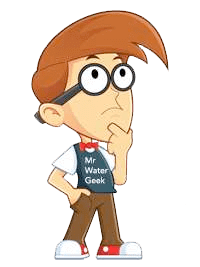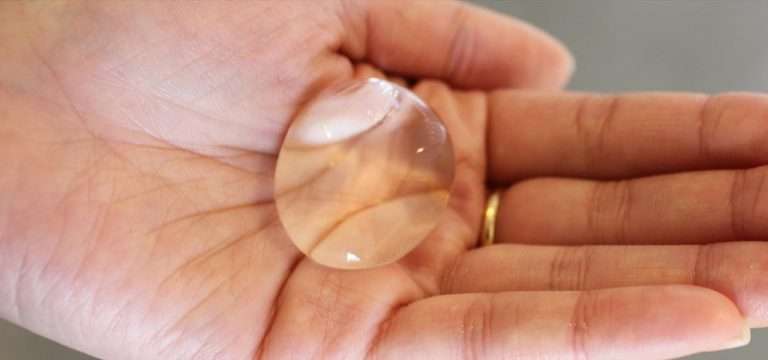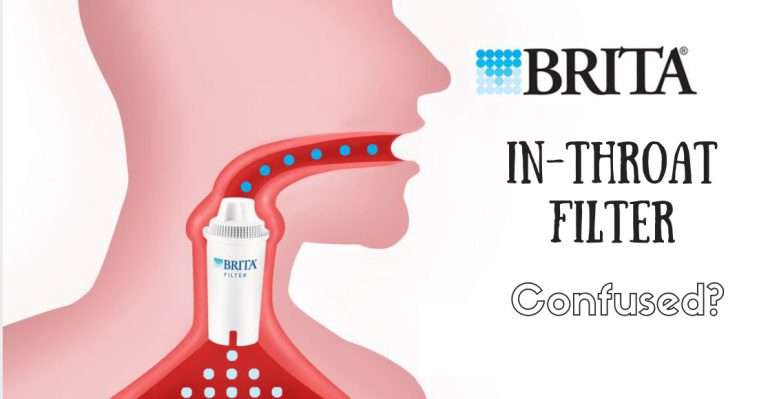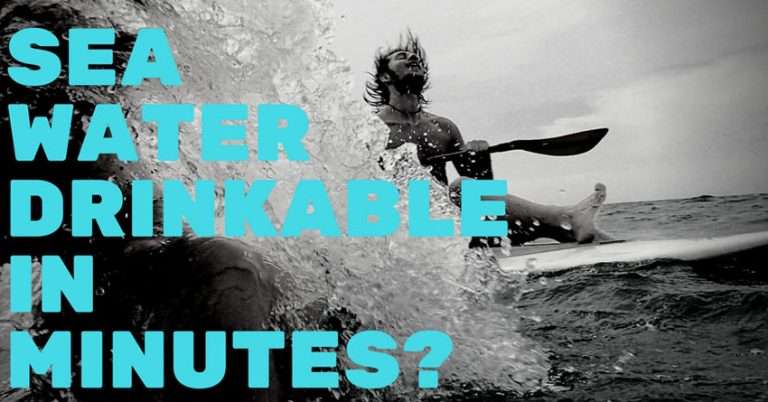63 Year Old Science Teacher Invents Low-tech Water Treatment System
Science Teacher Invents Low-Tech Water Treatment System
Science teacher invents low-tech water treatment. Amir Yechieli’s is a 63-year-old Israeli science teacher that built a low tech water treatment. It is on course to make big changes in the world. It is so low-tech that it does not use or need electricity. This is one of the best features of the invention and the reason why it has received so much media interest. This single feature means that it is invaluable for the poorer parts of the planet. And other places where high-tech technologies are not accessible.

Yechieli’s invention is now responsible for flushing the toilets in around 140 Israeli schools. 3 of them are in the US. It provides drinking water to schools in places in Africa like Kenya. The effect in Kenya is more profound where the schools don’t have the opportunity to drink clean water.
The best part?
The student can also take clean water home in bottles. Yechieli considers that one thing the world is most lacking is a cheap and sustainable way to trap rainwater. And this is exactly what he intended to fix.
![]()
Yevul Mayim (“Water Harvest”) is Not For Profit.
Amir Yechieli’s water invention called Yevul Mayim. This aptly means “Water Harvest”. It is what he considers to be his gift to the world. As he told Haaretz,“the important thing is for the idea to serve as many people as possible in the world. Patents easily translate into legal wrangles, which would be counterproductive to the world’s needs.”
It is what he considers to be his gift to the world. As he told Haaretz,“the important thing is for the idea to serve as many people as possible in the world. Patents easily translate into legal wrangles, which would be counterproductive to the world’s needs.”
Yechieli decided in principle to not patent his inventions and designs. Despite having a business license. Instead of trying to profit from what could be a lucrative product he freely hands out the blueprints.
And he does this for free.
While also shrugging off opportunities to receive royalties for his invention.
![]()
How Does Yevul Mayim Work?
It works by capturing any rainwater that falls on the roof and drips down through the roof gutters. Yechieli adapts each water system to the specific structure of the roof. Once the water hits the roof and works its way through the roof gutter, the device channels all the water to the settling tank.
The rainwater is contained within the tank along with germs, dust and suspended particles for up to three days. During this time all the impurities in the water eventually sink to the bottom and this is the natural force that it uses to work: the planet’s gravity.
Now after this process that takes between 1 to 3 days, the water in the tank will be clean but the bottom of the tank will be coated in thick sediment. Once you open the valve at the bottom, around 10 liters of muck will be removed leaving the clean water in the tank.
The next step is to filter the remaining water in 5-micron carbon or with a charcoal filter, which are positioned in between the settling storage tanks. This will remove any left over bacteria. It is also important to note that the settling tank is opaque, which means that algae cannot form, why? Because algae needs sunlight in order to form, which is another clever design feature of this invention.
Read: Science teacher invents low-tech water treatment system.
![]()
Design Flaws and Issues?
 The water stored in the settling tank should be there for no more than two weeks. This is the maximum amount of time that the water will go without being contaminated by bacteria. Any longer than 2 weeks and the water will start to develop a bacterial infestation.
The water stored in the settling tank should be there for no more than two weeks. This is the maximum amount of time that the water will go without being contaminated by bacteria. Any longer than 2 weeks and the water will start to develop a bacterial infestation.
In this regards Yechieli says, “The longer you keep non filtered water in the reservoir, the higher the risk for bacterial multiplication.” However, he also observes that filters can be added for very little cost and could be changed every few months. He gave schools that installed the tank enough filters to last for 5 years.
Yechieli points out that during Israel’s rainy season, i.e., winter, storage tanks in Israeli schools will typically fill in a couple of weeks, barring drought. “Typically we fill up the Israeli systems 10 to 20 times per winter,” Yechieli says, “In Africa, on the other hand, it’s an entirely different story – the dry seasons are shorter and the temporal rainfall distribution is much favorable. The water is mostly used for drinking and therefore is filtered… and filtered rainwater would stay pure for unlimited time, as long as no light penetrates the tanks.”
Yevul Mayim in Africa
Yechieli took his blueprint to Africa and offered factory owners the blueprint of his model for free. But frustratingly, the factory owners told him that they would only make the tanks if he paid them to make the mold otherwise he could forget it. What makes this worse is that remote schools in Africa would not be able to afford to buy the signature tank from Israel and ship it over.

However, a new solution came about while Yechieli was in Africa. Sponsored by non profits like Tag International Development and Water Works for Girls’ Education and Empowerment. Yechieli improvised a system where he converted regular tanks by inserting a diagonal base in the corner, drilling holes and converting it into the closest thing to his original settling tank. He freely admits that it might not work as well but it will do a good enough job.
![]()
Why Use Clean Water To Flush Toilets?
 Yechieli proclaims that clean water is preferable to brown water to flush toilets.
Yechieli proclaims that clean water is preferable to brown water to flush toilets.
Firstly, using brown water to flush the toilet is not aesthetic. Secondly, the dirty water will damage the flushing mechanisms of the toilet over time. His Yevul Mayim tank design is preferable to the good old cistern design as a way to flush toilets because the older cisterns are uncleanable.
This means that sediments can not be flushed out and the end result of this is that all the water will be contaminated and all manner of bacteria will flourish.
Do The Tanks Need Periodic Cleaning?
This is perhaps one of the best things about this design. The settling tank itself does not need periodic cleaning. However, the flat-bottom tank that is connected should be disconnected and hosed down. This should happen at least once a every year.
![]()
What Are The Costs?

The settling containers are made by a barrel manufacturing company called Hofit (in Israel). Let’s get an idea of costs. A small installation made up of four tanks (made by Hofit) along with a pump and stand costs around 15,000 shekels. This is approximately $4,000.
However, you can drastically reduce the costs by taking the blueprint and convert your own settling tanks. Also note that the system does not need electricity. This means that costs will be saved there. Just as well because some African villages don’t have constant electricity.
![]()
Interested in Water Filtration? You Might Like…
| Product | Price Range | |
| Distilled Water Filter | $ | |
Ultraviolet Disinfection (UV Disinfection Water Treatment)  | $$$ | |
 | $$ | |
LifeStraw Personal Water Filter  | $ |



